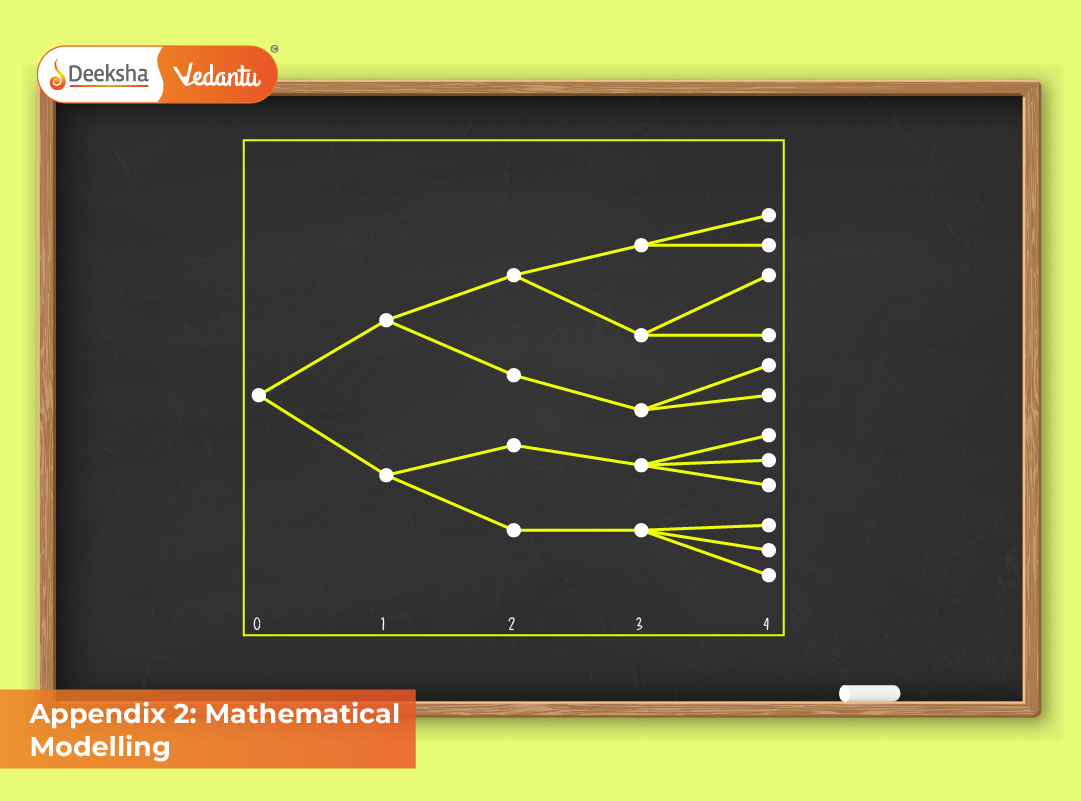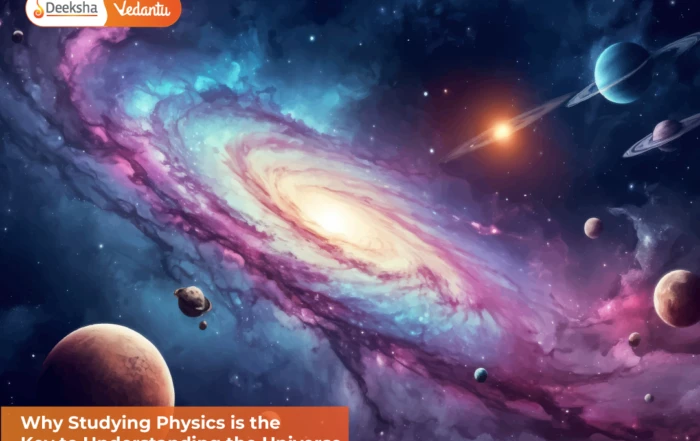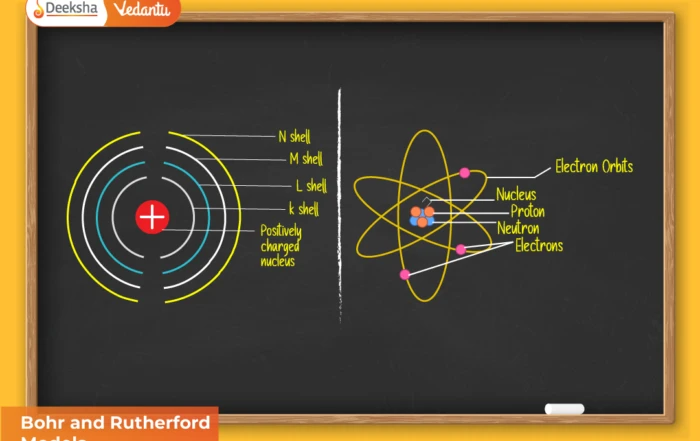
Preliminaries
Mathematical Modelling is the cornerstone of applied mathematics, forming the bridge between theoretical concepts and real-world applications. In JEE-level mathematics, understanding how mathematical models are constructed and applied helps students interpret complex situations, optimize solutions, and develop analytical reasoning.
Before exploring the modelling process, it is essential to understand what constitutes a model in mathematics. A mathematical model is a representation of a system, process, or relationship expressed in mathematical form — typically using equations, inequalities, graphs, or statistical relations. These models simplify reality while retaining the essential components needed to make predictions, test hypotheses, or design solutions.
At the JEE level, mathematical modelling problems may involve areas like motion, growth and decay, population dynamics, electrical circuits, optimization, and data fitting. Such problems require both conceptual understanding and problem-solving strategies.
Importance of Mathematical Modelling in JEE
- Interdisciplinary Relevance: Mathematical modelling connects mathematics with physics, chemistry, and engineering. For example, differential equations model motion and decay processes.
- Problem Solving Efficiency: Understanding the modelling process enhances logical thinking and helps in breaking down complex JEE problems.
- Concept Integration: It integrates concepts like calculus, probability, algebra, and coordinate geometry, providing a unified perspective.
- Simulation of Real-World Scenarios: Modelling enables prediction and estimation — vital for understanding real-life systems such as heat transfer or projectile motion.
What is Mathematical Modelling?
Mathematical modelling involves formulating real-world situations into mathematical expressions and analyzing them to draw meaningful conclusions. The process typically follows a structured series of steps:
- Problem Identification: Understanding and defining the real-world problem clearly.
- Assumptions and Simplifications: Making reasonable assumptions to simplify the system while keeping key variables intact.
- Mathematical Formulation: Translating the physical situation into equations or inequalities.
- Analysis and Solution: Solving the equations using suitable mathematical tools.
- Interpretation: Relating the mathematical solution back to the real-world context.
- Validation: Checking whether the model accurately predicts outcomes and refining if necessary.
Example of Mathematical Modelling
Example 1: Population Growth
Suppose a population increases at a rate proportional to its size. Let P(t) represent the population at time t.
Mathematically, we can express this as:
dP/dt = kP
where k is the constant of proportionality (growth rate). Integrating both sides gives:
P(t) = P₀e^(kt)
where P₀ is the initial population. This model describes exponential growth — a foundational concept used in biology, economics, and environmental studies.
Example 2: Radioactive Decay
In radioactive decay, the rate of decay of a substance is proportional to the amount remaining.
dN/dt = -λN
Integrating, we get:
N(t) = N₀e^(-λt)
where N₀ is the initial quantity and λ is the decay constant. This model demonstrates how exponential decay can describe physical phenomena like carbon dating or nuclear reactions.
Types of Mathematical Models
Mathematical models can be broadly classified based on their characteristics:
- Deterministic Models: Models where the output is precisely determined by input parameters, e.g., projectile motion equations.
- Probabilistic (Stochastic) Models: Models that incorporate randomness or uncertainty, e.g., weather prediction or stock market modeling.
- Static Models: These describe systems at equilibrium, such as geometrical optimization problems.
- Dynamic Models: These involve change over time, often represented by differential equations.
- Discrete Models: These use finite steps, e.g., population models using recurrence relations.
- Continuous Models: These assume smooth changes, e.g., growth functions modeled using calculus.
The Mathematical Modelling Cycle
The process of mathematical modelling is iterative and often represented as a cycle:
- Real-World Problem → 2. Assumptions → 3. Mathematical Formulation → 4. Analysis and Computation → 5. Interpretation → 6. Validation and Refinement → Back to Step 1.
This cycle emphasizes that modelling is not a one-time process; it often requires refinement based on accuracy, feasibility, and real-world data.
Mathematical Tools Used in Modelling
- Algebraic Equations: Used to describe linear and quadratic relationships.
- Calculus: Differential and integral equations model rates of change and accumulation.
- Statistics and Probability: Used for modeling uncertainty, risk, and data trends.
- Matrices and Linear Algebra: Applied in economic modeling, traffic systems, and network analysis.
- Differential Equations: Describe motion, growth, and physical phenomena like heat or fluid flow.
Advanced Modelling Examples for JEE
Example 3: Cooling of a Body (Newton’s Law of Cooling)
The rate of change of temperature of a body is proportional to the difference between its temperature and the surrounding temperature.
dT/dt = -k(T – Tₐ)
Integrating:
T(t) = Tₐ + (T₀ – Tₐ)e^(-kt)
This model is useful for thermodynamics-related problems.
Example 4: Simple Harmonic Motion (SHM)
Displacement x satisfies the differential equation:
d²x/dt² + ω²x = 0
The solution is:
x = A sin(ωt + φ)
This model describes oscillatory motion — a frequent topic in physics and mathematics sections of JEE.
Marks Weightage in JEE
| Exam | Topic | Average Weightage | Difficulty Level |
| JEE Main | Mathematical Modelling Concepts | 2–4 Marks | Moderate |
| JEE Advanced | Differential & Functional Models | 4–6 Marks | Moderate to High |
Practical Applications
- Engineering: Modeling stress-strain relationships in materials.
- Economics: Demand and supply equilibrium analysis.
- Biology: Modeling spread of diseases or population dynamics.
- Physics: Describing motion, decay, and diffusion.
- Environmental Science: Predicting pollution levels and temperature variations.
Limitations of Mathematical Modelling
- Simplification Errors: Oversimplified assumptions may reduce accuracy.
- Data Dependence: Inaccurate data can lead to unreliable predictions.
- Complexity of Real Systems: Some systems have too many interacting variables to model precisely.
JEE Advanced Level Problem
Problem:
The rate of spread of an epidemic is proportional to the number of people infected and the number of people still uninfected. If the total population is N and x people are infected at time t, show that:
dx/dt = kx(N – x)
This is a logistic growth model. Integrating:
∫ dx/[x(N – x)] = k ∫ dt
⇒ (1/N) log(x / (N – x)) = kt + C
Thus, x = N / [1 + Ae^(-kNt)], representing a saturation curve.
This is a classical example of how mathematical modelling describes real-world dynamics.
FAQs
Q1. What is Mathematical Modelling in simple terms?
It is the process of representing real-world situations mathematically to analyze and predict outcomes.
Q2. Why is mathematical modelling important for JEE aspirants?
Because it combines mathematical theory with practical problem-solving, helping in applied calculus and physics-related questions.
Q3. What are the main types of mathematical models?
Deterministic, probabilistic, dynamic, static, discrete, and continuous models.
Q4. How does mathematical modelling appear in JEE?
Questions often involve forming and solving equations for growth, decay, motion, or rate-based phenomena.
Q5. Can mathematical modelling be used in engineering applications?
Yes, it is fundamental in all branches of engineering for simulation, optimization, and prediction.
Conclusion
Mathematical Modelling is the practical heart of applied mathematics. For JEE aspirants, it integrates multiple areas of math — calculus, algebra, and probability — into one unified framework. Mastery of this topic not only ensures conceptual clarity but also develops critical problem-solving skills required for JEE Main and Advanced. By understanding how to model real-world systems mathematically, students gain a powerful tool to approach complex analytical challenges across academic and professional fields.











Get Social